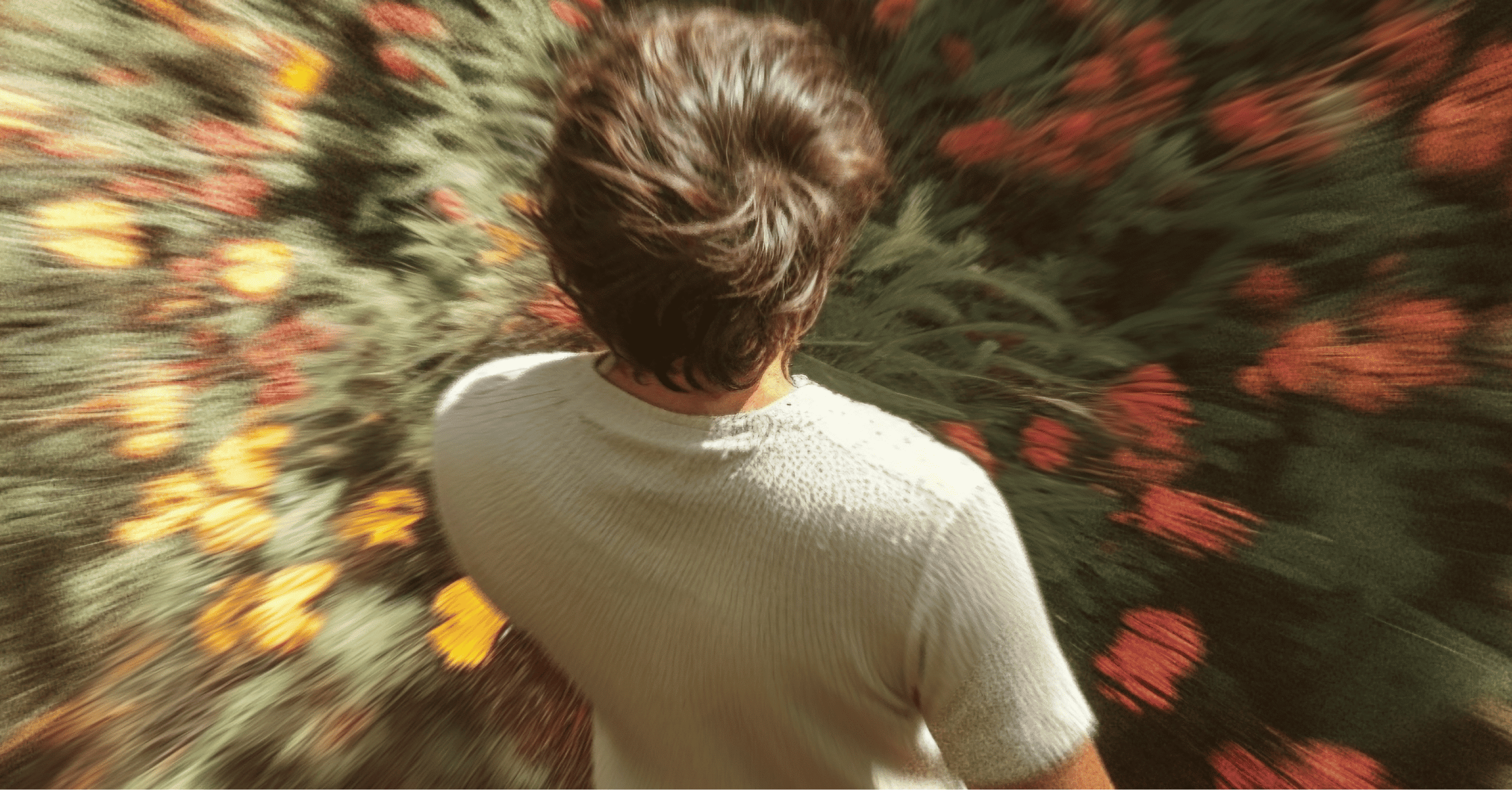
Templates exist as a sort of ‘one-size-fits-all’ framework to help kick start any project, design, or presentation. A client can opt for any design style of their choosing and the design team can then access a database of countless templates that fit the criteria specified.
Sounds simple, right? Not quite! There is actually a specific approach that designers use throughout the design process that is critical to the success of the end product and to their relationship with the client. This is known as the design empathy (or empathetic design) approach.
When it comes to design, empathy is really just the counter of the ‘one-size-fits-all’ mentality. The designer steps into the buyer’s shoes so as to have a complete perspective of what, how, and why they think and feel the way they do. Why is it so important that a designer use empathy with their buyers? And how does one even go about implementing empathetic design thinking into a project? Let’s take a look!
What is Empathy? Why Does it Matter?
First thing’s first, what exactly is empathy? Empathy is defined as, “the ability to understand and share the feelings of another.” Empathy is an essential component to design thinking that ultimately directs the design process from start to finish. Typically, designers apply the empathetic approach towards the users or audience who will be experiencing the end product. But when applied to the buyer, this design thinking has proven to be quite beneficial, and even essential, to a project’s success. In terms of the designer-client relationship, empathy is an in-depth understanding of how and why the buyers think the way they do. From that deep understanding, comes a sensitivity for the needs and feelings of the client.
Achieving this understanding of the client’s realities and needs comes from the designer stepping into their shoes and looking at a project as if they have never seen it before. In other words, it can become quite easy for a designer to take the exact same approach to every project in which the client requests a minimalist or corporate design style. But different people think differently and see things differently. Therefore, falling back on the same templates, the same approach, and the same design process with every client simply will not do.
So, why is buyer empathy so important? It ultimately determines the success of a project. If a client feels that their individual needs and ideas are not addressed or don’t matter to the design team, they will not feel a sense of accomplishment at the end of the project. Furthermore, if the design team does not take the individuality of the person receiving this design into consideration, the end product could be a failure and a potential long-term client-designer relationship will be unattainable.
5 Methods for Approaching Design Empathy
Now that you have a better understanding of what buyer empathy is and why it is so critical to a design project’s overall success, we are going to go over how to best approach design empathy. While there isn’t really a step-by-step process to master this design thinking methodology, there are a few different approaches that designers can take to better understand the person they are designing for.
1. Assume a beginner’s mindset
The first thing that any designer should do when approaching empathy in design is to assume a beginner’s mindset. This means to look at a project with a clean slate. While designers may have completed hundreds of PowerPoint pitch decks in a contemporary design style, they should aim to approach each project as though they’ve never done it before. Of course, this doesn’t mean that the designer should forget all skills and best practices. Rather, it means they should forget any client-specific approach or techniques used in the last project so that their future projects reflect only the current buyer’s needs and requests.
Designers should also be empathetic to the fact that the client may not be as experienced in things that a skilled designer may view as mere child’s play. What a designer considers to be minor details could mean a lot to a buyer who isn’t knowledgeable in design. In other words, designers should do their best to avoid cutting corners in the design process.
2. Immersion and observation
When it comes to empathetic design thinking, it’s essential that the designer fully immerses themselves into the minds of their clients. They should observe them in natural situations to see how they respond to certain things. This can be done through observation as the buyer interacts with the product or how they respond to obstacles in the design process.
The design team should also conduct interviews with the person they are designing for. Rather than stiff interviews, these should be more of a conversation so that the buyer feels comfortable opening up to the designer about their feelings, insights, and any concerns.
The designer should strive to be empathetic during these interviews by being present and attentive. There’s no better way to drop the ‘empathy ball’ than for a client to feel as though their words are being ignored.
3. Vulnerability
A huge part of empathy is designer vulnerability. This means that if a designer makes a mistake, they should be brave and vulnerable enough to step up and admit to that error. And if the buyer offers positive insight or a great idea to the project, the designer should be the first to acknowledge and applaud it.
Vulnerability sparks a more human connection between designer and buyer that is essential to maintaining good communication throughout the design process. Such honesty also makes the client feel more comfortable and included throughout the project.
4. Constant curiosity
Another approach to empathetic design is for the designer to maintain constant curiosity throughout the project. An empathy map is a common tool used in design thinking when it comes to understanding users. Designers can also use this tool to better understand their buyers through questions that provide insight on what the client is saying, doing, thinking, and feeling.
Not only will these questions help the designer to better understand the client’s thoughts and feedback before delivering the end product, but it will make the client feel included in the design process and even valued. After all, it’s best to deliver a product that the client feels they played a role in designing and that they were heard throughout the process.
5. Establish a feedback routine
Finally, it’s important from day one of the project that the design team sets up a routine for feedback and reflection with the buyer. This needs to be an established routine that is perfectly transparent and that the buyer understands. The reason behind many failed projects often comes down to minor miscommunications throughout the design process which, if avoided, could have resulted in a far better outcome for both designer and buyer.
A feedback routine helps to eliminate those miscommunications by keeping the lines of communication and feedback open. This allows the buyer to provide their insights throughout all stages of the project and opens the floor to vulnerability and constructive conversations.
Empathetic Design Thinking in the Long Run
Design is a creative business and, therefore, opens the floor to many diverse opinions and insight on what the final design should look like. From a well-seasoned designer who boasts a wealth of experience to a buyer who perhaps has little to no experience in this field, there is plenty of room for miscommunication and misunderstanding in design projects.
That is why empathy is one of the most important – if not the most important – components to the design process. It allows for open communication, honesty, constructive feedback, and inclusivity, all of which are essential to a project’s success and maintaining a strong designer-client relationship that lasts.
If you are in need of design work, you’ve come to the right place. Superside pairs you with battle-tested and vetted designers that offer a wealth of talent and experience to exceed your project specifications and standards. Our dedicated project managers are available throughout the entire design project to coordinate deadlines, review feedback, and ensure you get a high-quality end product. Let’s take your business or project to the next level, together!












